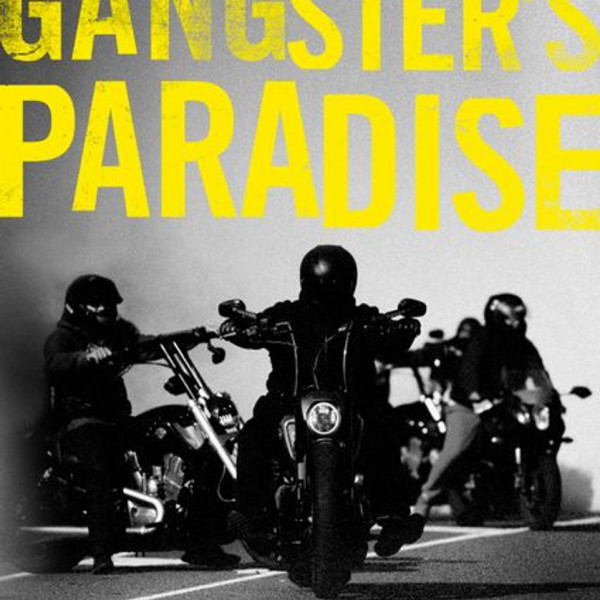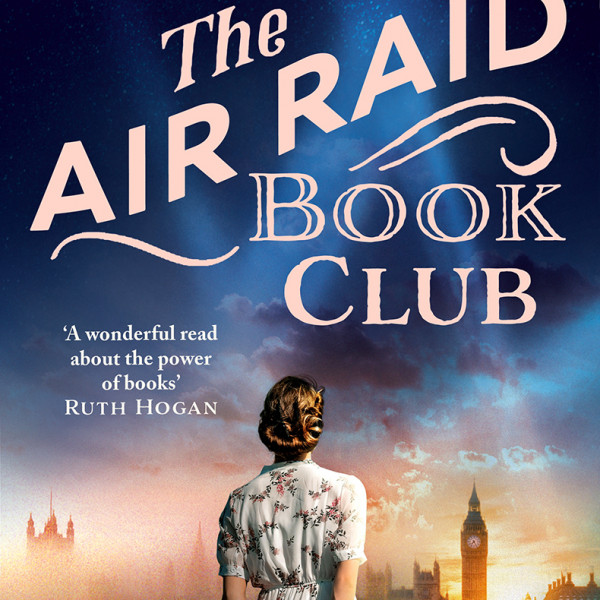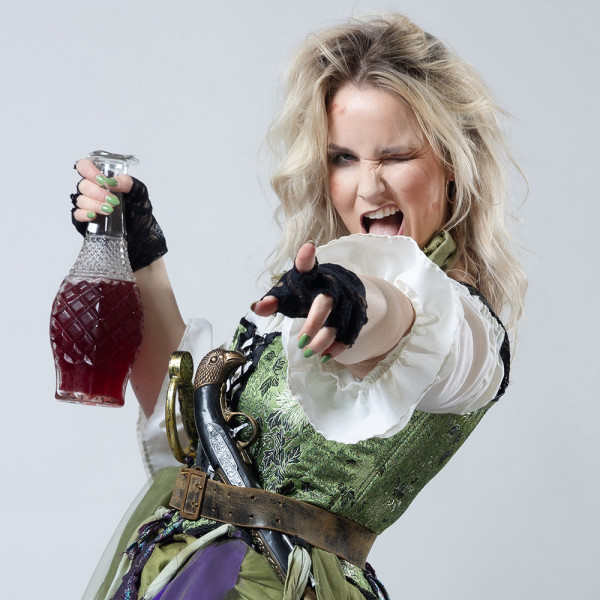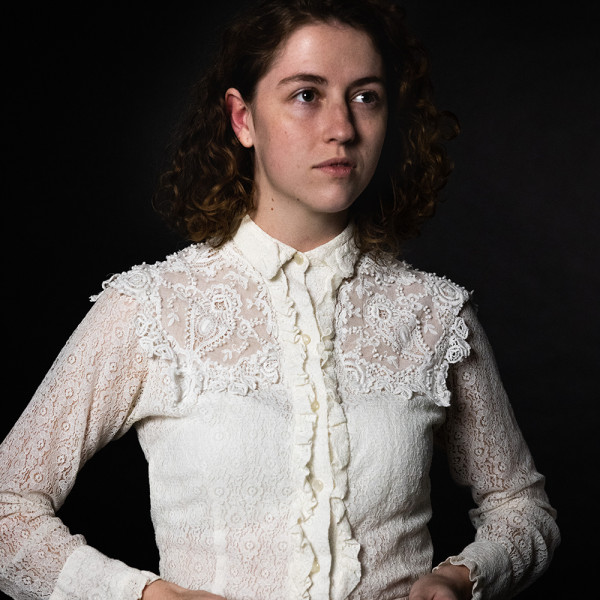
For decades, gangs have been a huge problem for New Zealand, one made even worse by the discovery of how much money illegal drugs could make them. With the arrival of newer and even more dangerous gangs from across the ditch, it was only a matter of time before the already-tense situation ignited and got out of control.
For many of us, Gangster’s Paradise talks about a problem that only existed when we turned on the six o’clock news. It shows us that far from being the happy-go-lucky country we would all like New Zealand to be, it has an underworld, one that goes toe to toe with the Sopranos any day of the week.
Jared Savage’s writing cuts right to the chase and tells us exactly how bad the gang problem in this country really is. I love how nothing is sugar-coated as readers are treated to the no-holds-barred truth of a reality that a lot of us are ignorant of. At the same time, Savage never casts the figures in the book in overly dark tones, instead writing them as people who have made mistakes – but who are still people nonetheless.
My favourite moments? Whenever the police triumphed and caught the bad guys (I love the classic hero arc). I have to say that while our boys in blue may take a bit of flak from time to time, I admit coming away with a newfound appreciation for them.
There really is nothing I can fault here. Despite the intense subject material, I found the book both easy to read and enjoyable. Those who enjoy nonfiction mixed with a good crime caper will find themselves warming to Gangster’s Paradise. If you see it in store, I can’t recommend it enough.
For those who think little New Zealand cannot have anywhere near the gang problem that larger countries like America have, this will be a major wake-up call, and a thrilling read at that.






















